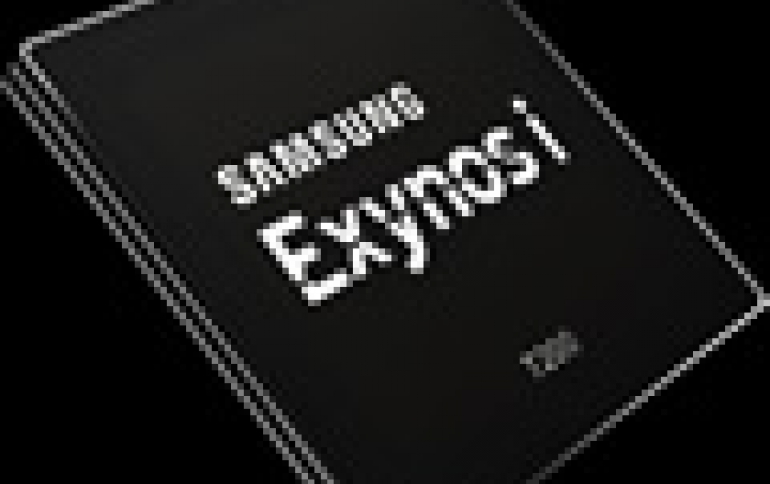
Samsung Develops Mobile Chip for IoT Applications, Eyes MRAM Embedded Memory
Samsung Electronics said Tuesday it has developed an application processor (AP) for Internet of Things (IoT) devices, and also plans to use MRAM as part of its upcoming SoCs.
The South Korean tech giant said it has completed the development of the Exynos i T200 IoT chip that boasts improved security.
The IoT is a concept in which all tangible objects are connected to the Internet and can identify themselves to other devices in order to exchange necessary data for improved efficiency and convenience.
Samsung is expected to start commercialization of the new chip as early as the second quarter.
Seperately, Samsung plans to apply MRAM to its system semiconductor foundry services.
MRAM is a nonvolatile memory that utilizes electron spin that occurs from applying current to magnetic material and writes and reads data depending on changes in resistance value. It is as fast as DRAM.
Samsung will use MRAM as an internal memory for system semiconductors. This means that the company is planning to sell IPs (Intellectual Property) for its process technologies rather than selling an individual product.
Samsung Electronics Device Solution Sector's System LSI Business Department has produced a prototype of SoC that has MRAM built-in. Its process technology for MRAM embedded memory isexpected t be detailed at the Samsung Foundry Forum Event that will held in the U.S. next month.
Samsung has signed a foundry contract with NXP regarding the mass-production of 28-nano FD-SOI (Fully Depleted - Silicon on Insulator). Starting from this year, SoC i.MX series for IoT (Internet of Things) will be mass-produced through FD-SOI process. Although flash memory will be used inside this year's new products, it is heard that Samsung's MRAM embedded memory technology will be utilized for next year's next-generation SoC and MCU (Micro Controller).
FD-SOI technology uses a very thin insulated oxide film on top of a silicon wafer and forms flat transistor electrodes on top of it. Insulated oxide film completely seals the bottom side of a transistor and reduces its parasitic capacitance.
Samsung claims that the production cost of embedded DRAM is cheaper than the production cost of flash memory. 10 sheets of masks are needed in order to build 45nm flash memory inside a SoC, while 20 sheets of masks are needed for embedding 28nm flash memory. However only 3 to 4 sheets of masks are needed for MRAM. In addition, the size of MRAM is smaller than flash memory and its speed is also faster than normal flash memories. Compared to SRAM, MRAM occupies just up 30% of the same space.





















